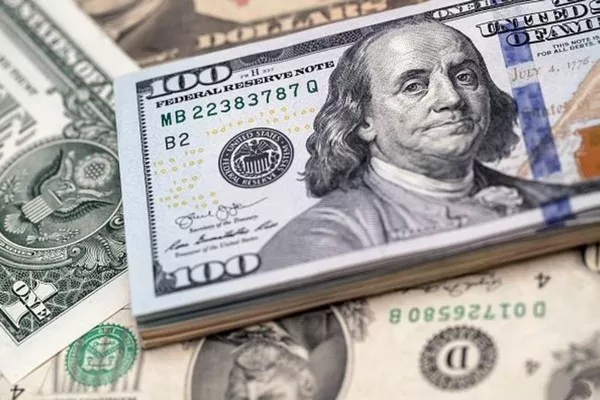In the aftermath of robust gains on Monday, most Asian currencies maintained their stability, while the U.S. dollar continued to grapple with recent losses. A prevailing sentiment that the Federal Reserve had concluded its interest rate hikes and might initiate cuts in early 2024 contributed to the dollar’s struggles.
The Japanese yen, enjoying a resurgence from one-year lows, steadied around 146.76 to the dollar, nearing its strongest level since mid-September. The prospect of relief from upward pressure due to higher U.S. interest rates has been a significant boon for the yen. Investors are closely eyeing an upcoming inflation reading from Japan’s capital, scheduled for Tuesday, as a potential indicator of the Bank of Japan’s future monetary policy plans.
In China, the yuan exhibited a flat performance on Monday after a robust recovery against the dollar in recent weeks. Support came from strong midpoint fixes by the People’s Bank. However, concerns lingered over China’s economic outlook, exacerbated by a series of weak purchasing managers index readings for November. Attention this week is on trade data, with expectations of continued weakness amid declining exports.
The South Korean won experienced a 0.5% decline following substantial gains over the past month. Conversely, the Indian rupee remained flat, defying a domestic stock rally after the ruling BJP party secured victories in three key state elections. The Reserve Bank of India’s rate decision is anticipated this week, with expectations leaning toward the bank maintaining current interest rates.
The Australian dollar witnessed a 0.3% decline, with the Reserve Bank expected to keep interest rates unchanged in its upcoming meeting on Tuesday. Despite a 25-basis-point rate increase in November, the RBA struck a largely dovish tone regarding future rate hikes.
Meanwhile, the dollar index and dollar index futures registered marginal gains on Monday, remaining within reach of lows last observed in early August. Federal Reserve Chair Jerome Powell’s recent addresses conveyed a seemingly less hawkish stance, with markets interpreting his comments as signaling the end of the Fed’s rate hike cycle. While Powell acknowledged that rates would stay higher for an extended period, expectations for a less hawkish Fed surged.
Market sentiments are now pricing in a more than 90% chance that the Fed will maintain rates during its December meeting and a greater than 60% chance of rate cuts commencing by March 2024. These predictions, however, hinge on factors such as inflation and the labor market, with the release of nonfarm payrolls data on Friday expected to provide additional insights.
The anticipation of a less hawkish Fed has driven substantial gains in Asian currencies throughout November, concurrently leading to a significant decline in the value of the dollar.


